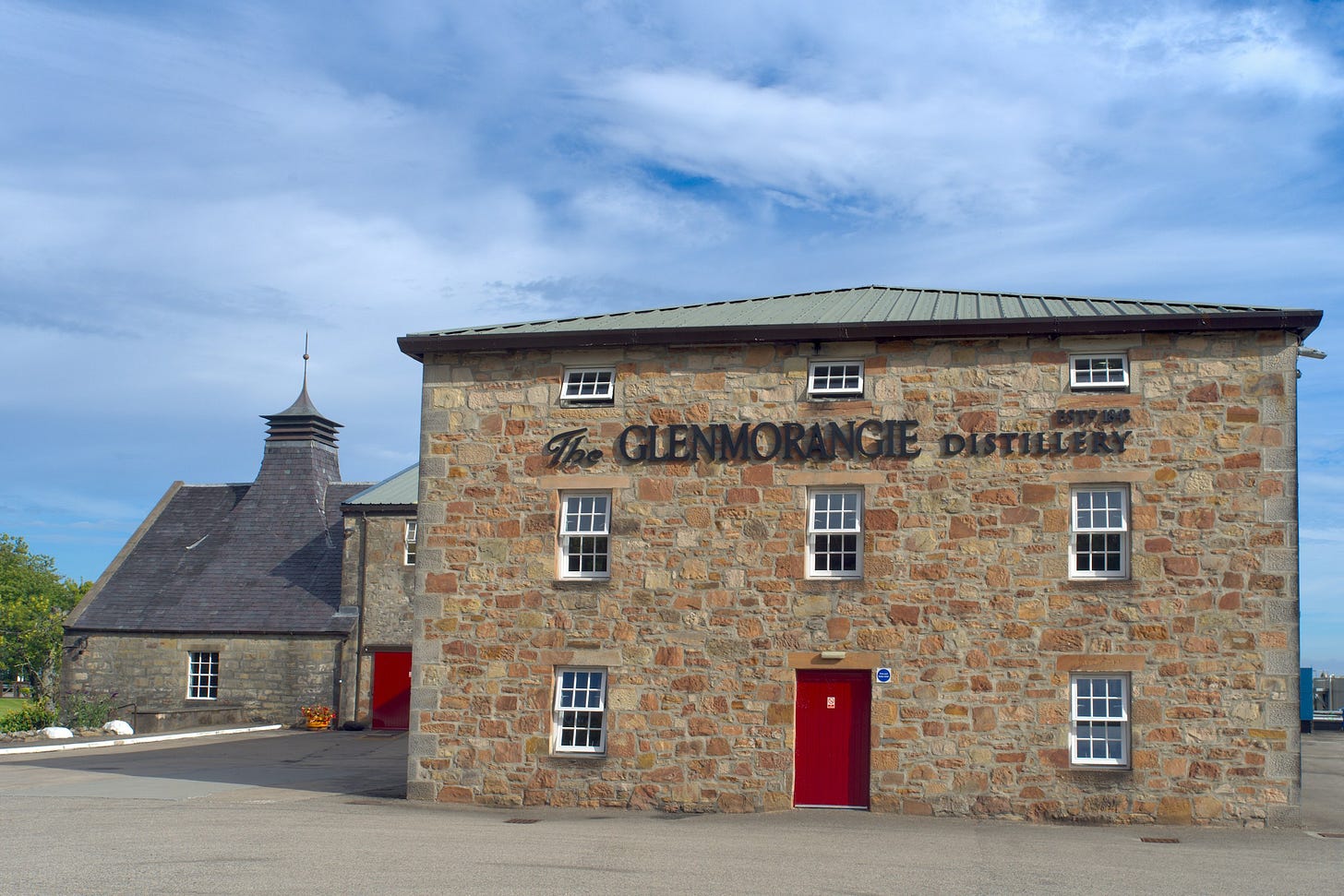The Implications of Changing an age statement on whisky?
Executive Summary
Following the news that Glenmorangie is increasing the age of its core single malt from 10 years old to 12 years old, we wanted to explore the drivers for this and the implications of what it means. The twelve-year age statement is now standard for single malt scotch whisky so it is no surprise that a luxury brand like Glenmorangie (and its parent LVMH) might consider this. It will be associated with increased marketing cues to help sell to the consumer and the liquid may taste markedly different to the original younger expression. The price on the shelf is likely to go up in response to this change, but that may impact volumes of sales.
It is also more complicated than you might imagine moving the age of a core product like this. Ten-plus years ago much of the maturing inventory would have been used to support the 10-year-old product. This uses up stock that would be required by an older age product. This means that a significant quantity of extra maturing stock is required to move to an older expression.
We estimate, based on distillery capacity and case goods sales, that a distillery like Glenmorangie will have plenty of excess stock to facilitate this change. On this basis, it is no surprise to see this change happen. We are also aware of at least one other company that are considering a similar move. It increases the premium credentials and brings the product into line with its competition. It will be interesting to see how the new expression tastes and how its pricing interacts with volumes going forward. We look forward to sampling and watching what happens.
Photo by Walter Frehner on Unsplash

